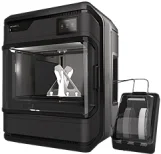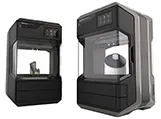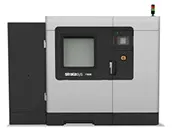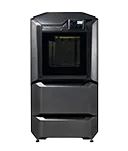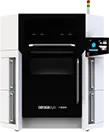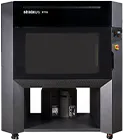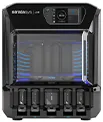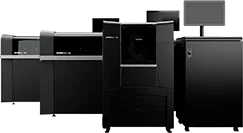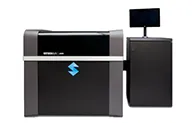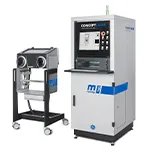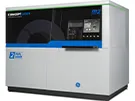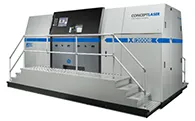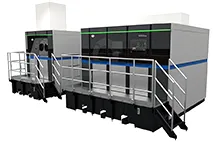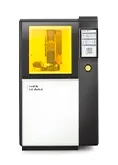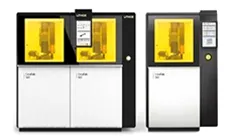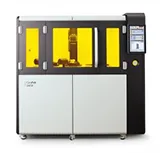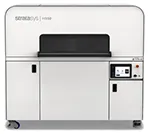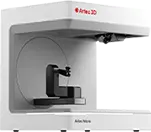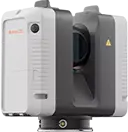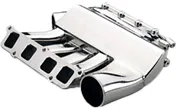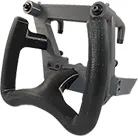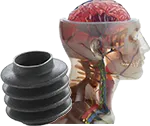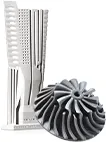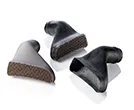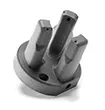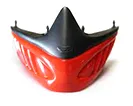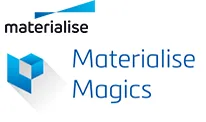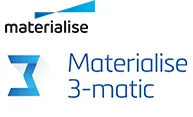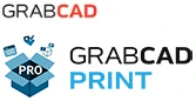The world of industrial manufacturing is undergoing a seismic shift, thanks to the advent of metal 3D printing. This isn’t just another run-of-the-mill technological progression. Instead, it’s a dramatic shift, a game-changer that’s rewriting the rules of production, design, and everything in between. Metal 3D printing, or additive manufacturing, is paving the way for unthinkable advancements in efficiency, customisation, and speed.
Imagine a world where highly complex metal parts, previously impossible to produce, are now just a print away. Or a reality where the prototyping process takes hours instead of weeks. How about a scenario where the need for large inventories becomes obsolete as parts are printed on demand? That’s the ground-breaking new world metal 3D printing is ushering us into.
The potential of metal 3D printing is staggering, and we’re just scratching the surface. Traditional manufacturing methods are being pushed aside, making way for a more innovative, flexible, and cost-effective approach. This isn’t about replacing the old with the new; it’s about augmenting what’s possible in industrial manufacturing. From the aerospace and automotive sectors to the medical and fashion industries, the implications are vast and far-reaching.
Exploring the Revolution of Metal 3D Printing in Industrial Manufacturing
1. The Rise of Desktop Metal 3D Printers
Historically, metal 3D printers have been large, expensive machines primarily reserved for major industrial manufacturers. However, recent advancements in technology have given rise to a growing range of desktop metal 3D printers, making this innovative technique more accessible and cost-effective for various businesses. Designed for a smaller footprint and simpler operation, these compact printers are becoming increasingly popular alternatives to traditional manufacturing methods.
Affordability: Desktop metal 3D printers generally come with a lower price tag than their large-scale counterparts, making them more accessible to businesses of different sizes.
Ease of Use: Smaller metal 3D printers are typically easier to operate and maintain, requiring less specialised training and personnel.
Versatility: Desktop metal 3D printers are well-suited to a wide range of applications and industries, from prototyping and custom manufacturing to on-demand production and replacement parts.
2. New Materials and Enhanced Material Properties
Another significant advancement in metal 3D printing technology involves the development of new materials and enhancements to existing materials, allowing for improved mechanical properties and a broader range of applications. Companies like Stratasys and GE Additive are consistently working to refine metal 3D printing filaments, providing businesses with more options and opportunities to leverage this technology.
Innovative Materials: New metal 3D printing materials, such as aluminium, titanium, and nickel-based alloys, are expanding the range of applications for metal 3D printing.
Enhanced Properties: Some recent advancements have allowed for improved material properties, such as increased strength, higher thermal resistance, and enhanced corrosion resistance, broadening the possibilities for finished product applications.
Custom Material Development: Metal 3D printing technology is also enabling the production of customised materials to meet specific end-use requirements, making it possible to create products with unique combinations of properties.
3. Improved Print Speed and Scalability
One of the key factors that have historically limited the adoption of metal 3D printing in industrial manufacturing is its relatively slow printing speed compared to traditional methods. However, recent years have seen many milestones in increasing the print speed of metal 3D printers, making them more viable for large-scale production.
Faster Printing Times: Advanced metal 3D printers from brands like Stratasys and GE Additive are now capable of printing metal parts at speeds that rival or even surpass traditional manufacturing techniques, making them increasingly attractive for widespread use.
Scalable Production Platforms: Along with faster print speeds comes the development of scalable production platforms that are designed to accommodate growing production needs, making metal 3D printing more suitable for large-scale manufacturing.
Increased Automation: Advancements in software and hardware systems have also brought about increased automation, streamlining the entire metal 3D printing process and facilitating better production management.
4. Enhanced Software Capabilities and Post-Processing Techniques
The success of a metal 3D printing project is largely dependent on the software and post-processing equipment used to design, slice, and finish the printed parts. Recent advancements in these systems have provided businesses with improved control and functionality, ensuring that metal 3D-printed parts meet their desired specifications and aesthetic requirements.
Improved Design Capabilities: Advanced 3D modelling software enables designers to create complex geometries and intricate structures that would be challenging or impossible to achieve using traditional manufacturing methods.
Automated Slicing and Support Generation: Modern slicing software now incorporates algorithms that automatically generate optimal support structures and slice settings, helping to reduce the margin of error in metal 3D printing projects.
Refined Post-Processing Techniques: Technological developments have led to the availability of more efficient and effective post-processing equipment like CNC milling machines and heat treatment systems, making it easier to achieve the desired finish, properties, and tolerances on printed metal parts.
5. The Growing Impact of Metal 3D Printing on Various Industries
The advancements in metal 3D printing technology highlighted above have created a tremendous ripple effect across various industries, changing the ways in which businesses design, prototype, and manufacture products. Some industries already embracing the benefits of metal 3D printing include:
- Aerospace
- Automotive
- Medical
- Energy
- Consumer Products
No matter the sector, businesses adopting metal 3D printing are reaping the benefits of increased design freedom, reduced production costs, faster time to market, and more sustainable manufacturing processes.
Embracing the Future of Manufacturing with Metal 3D Printing
There’s no denying that the innovations in metal 3D printing technology are transforming the landscape of industrial manufacturing. As an industry leader, Objective3D is dedicated to staying ahead of the curve and providing businesses with the latest, cutting-edge solutions.
Embrace the future of manufacturing with Objective3D and stay competitive in today’s fast-paced market. Ready to transform your business with metal 3D printing? Contact Objective3D today and discover the perfect solutions tailored to your unique needs.

